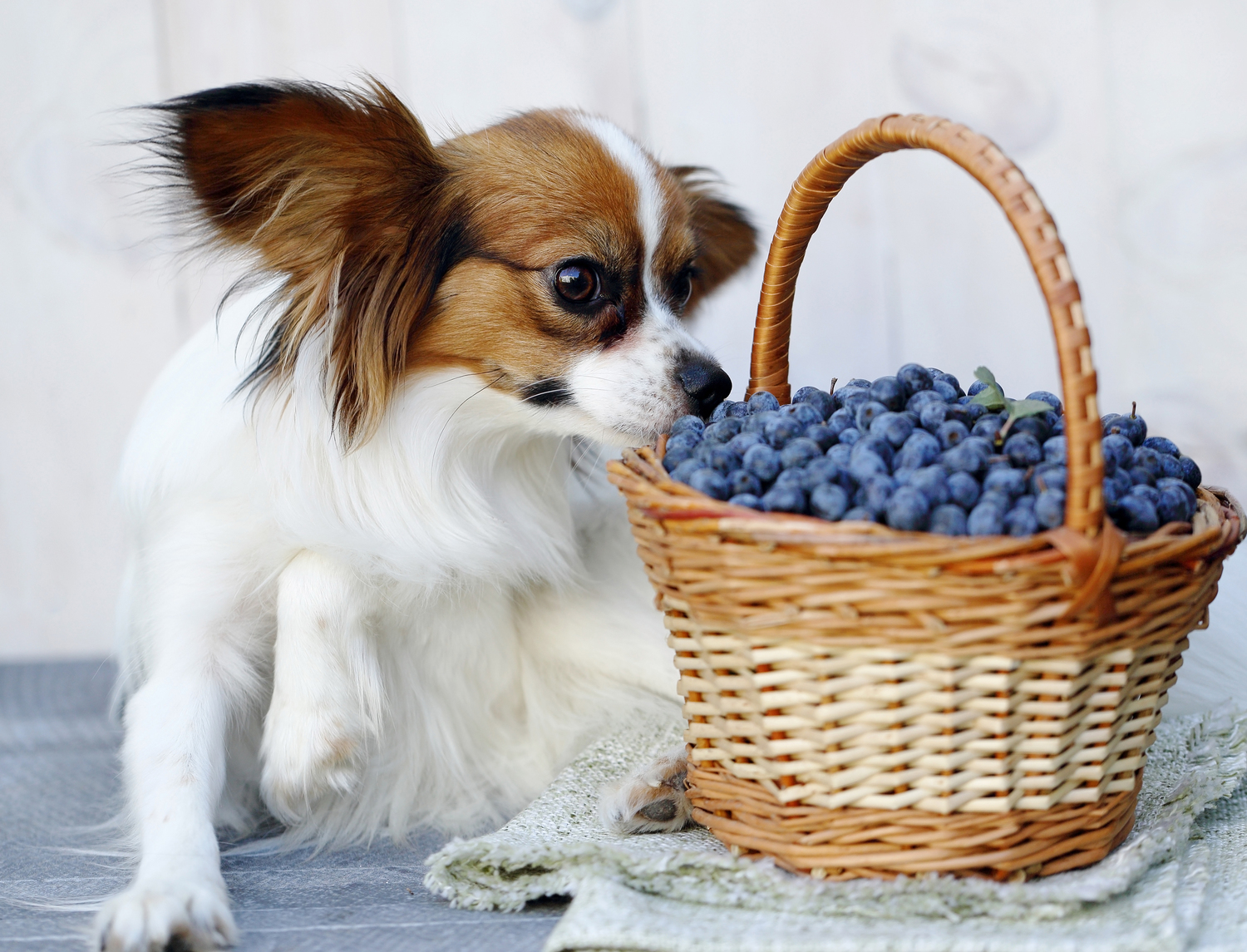
Identifying Food Allergies in Pets
We all love our pets dearly, and what better way to show them than by feeding them quality food. But what if the food we feed our pets is actually making them sick? While pet food allergies aren’t uncommon, they aren’t as prevalent as many advertisers would have you think. Labels such as “allergen-free cat food” or “grain-free dog food” makes people think that pets suffer from food allergies on par with humans which is simply not true. In fact, only about 1-2 percent of cats and dogs are diagnosed with a food allergy according to the Pet Food Institute. Additionally, your pet is much more likely to be affected by common allergens such as pollen, mold, dust, and mites, than the salmon cat food you just fed her. With such a relatively small number of pets suffering from food allergies, it’s much more likely that your pet is suffering from gastrointestinal problems, not having an allergic reaction to their food.
Yet many dogs and cats do suffer from food allergies and it’s important for pet owners to understand the causes, symptoms, and treatments of food allergies in order to keep their pets healthy and safe. Here’s all you need to know about identifying your pet’s food allergy. As in humans, allergies develop when a dog or cat’s immune system incorrectly identifies food proteins as harmful and mount an immunological defense against the “invader.” Food allergies are caused by any number of reasons including environmental and biological.
1. Causes of food allergy in pets
While some experts theorize that food allergies can develop when pets are exposed to food ingredients they’ve never had before, causing an allergic reaction; studies show that both pets and humans have the ability to develop food allergies at any time to anything, even food they’ve eaten for years. So while your cat may love EVO salmon cat food now, if you feed it to her too often, she may become allergic to it.
2. Allergy vs. intolerance
Food allergies should not be confused with food intolerance which many pets have as well. Food intolerance is a non-immunological response, more akin to food poisoning and definitely more dangerous for your pet. It’s important to consult with your veterinarian to help you determine if your pet is suffering from a food allergy or food intolerance.
3. Common Symptoms of food allergies in pets
The common symptom of pets suffering from food allergies is itching and scratching. You may find your dog or cat grooming or scratching themselves incessantly, but there could be other causes for these symptoms. While scratching and itching are indicative of food allergy it’s more likely caused by fleas or ticks. Be sure to check for flea bites if your pet is incessantly scratching themselves. Other pet food allergy symptoms include:
- Chronic skin and ear infections
- Foul breath
- Scooting across the floor/surface
- Chronic gas
- Obsessive licking
- Paw biting
- Hives
- Bald patches
According to the Pet Institute, diarrhea and vomiting are not very common when pets suffer from food allergies. In fact, only about 10 percent of food allergy cases suffer from diarrhea and vomiting. These symptoms are more affiliated with food intolerance, then a food allergy.
4. Testing your pet for food allergies
For humans and pets alike, the most frustrating thing about food allergies is diagnosing them. Currently, there isn’t a conclusive test that will determine which food allergies your pet may suffer from. While there are many tests that use blood, saliva, and hair to help determine food allergies in pets, most experts suggest these tests aren’t as reliable as many people believe. Instead, the entire process is trial-and-error using the dietary elimination trial in order to successfully confirm a food allergy. This process involves feeding your pet a carefully regimented diet with limited ingredients (such as exclusively feeding your cat salmon cat food) in order to determine which ingredient your pet is allergic to.
5. Restricting diet
Typically, pets are fed this restricted diet over a month-long period during which owners determine if their pet’s symptoms have subsided or persisted. If your pet’s symptoms have disappeared or improved, you then go back to the old diet in order to confirm your pet’s particular food allergy.
6. Treatment for food allergies
While there is no “cure-all” diet for pets with allergies, there are precautions that pet owners can take to ensure their furry friend doesn’t suffer. First, once ingredient that your pet is allergic to has been identified it’s best to keep your pet from the ingredient. Any exposure to the ingredient your pet is allergic to will trigger a relapse, so be careful to read the ingredients on both dog and cat food labels as well as any treats. Depending on a particular pet, pet owners may want to consider whether keeping their dog or cat on a solitary diet, such as exclusively feeding your cat EVO salmon cat food to avoid her allergies. While others may want to rotate their pet’s diet on a limited amount of ingredients such as beef, chicken, and pork on a monthly basis.


